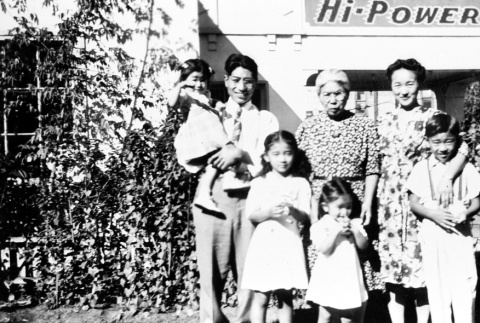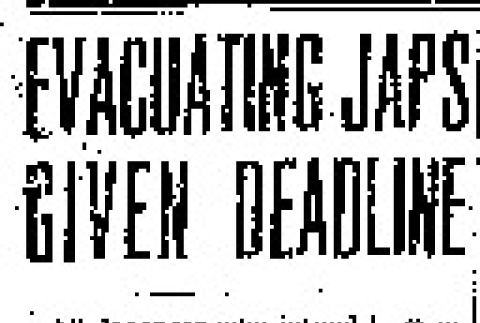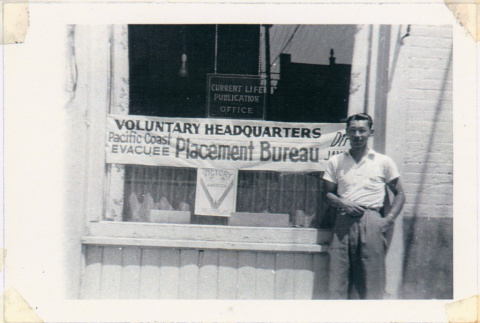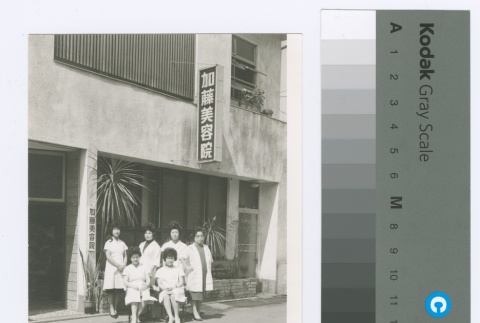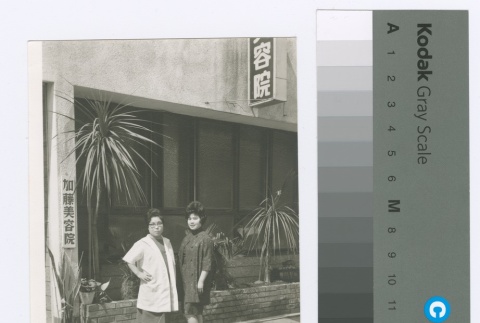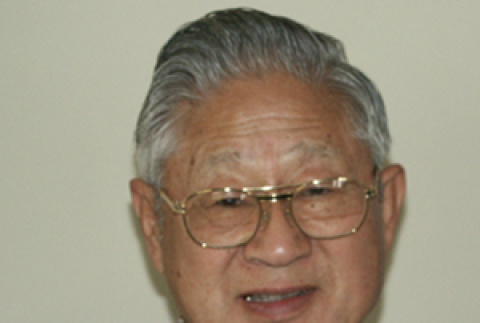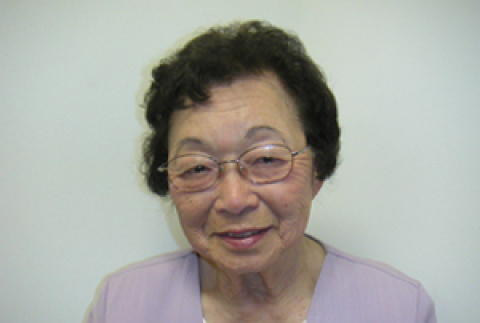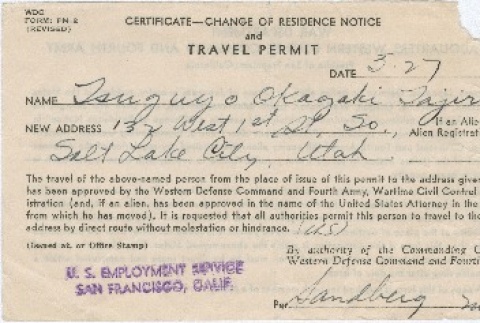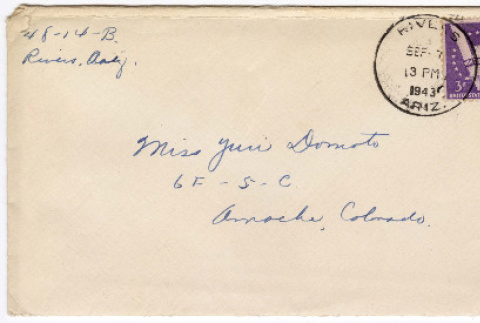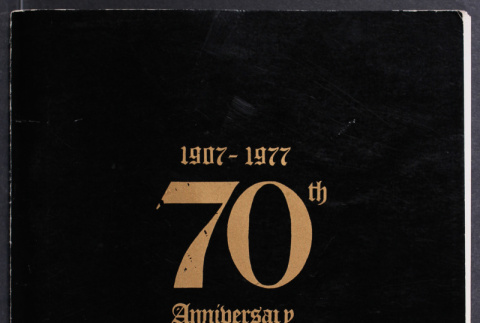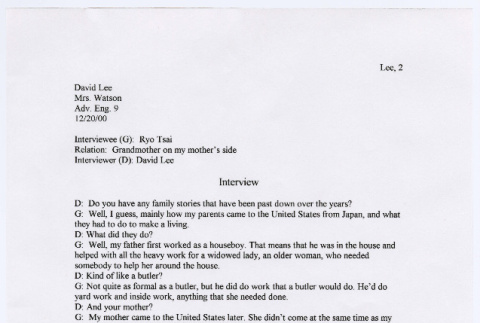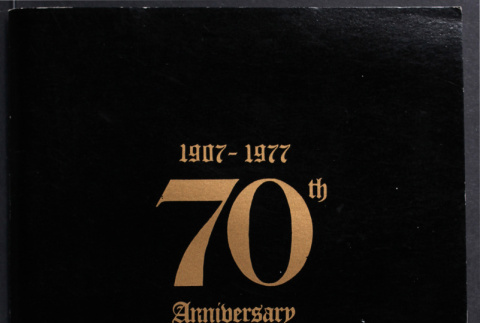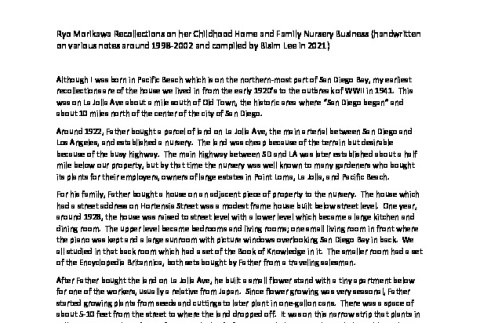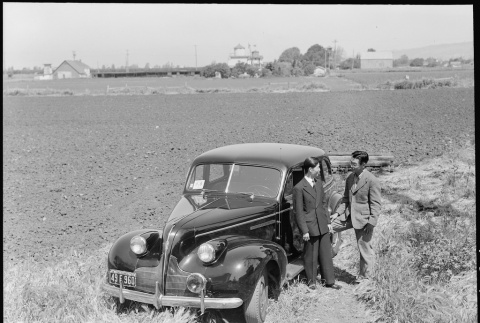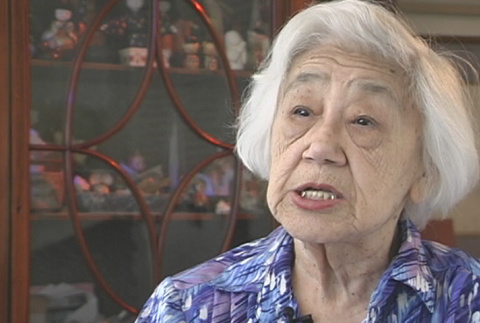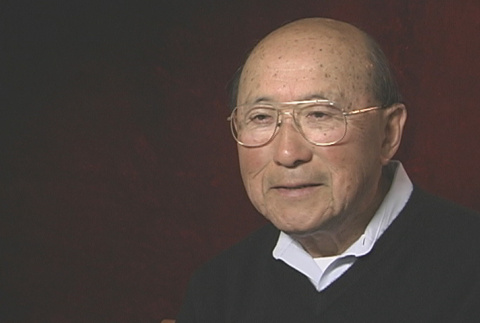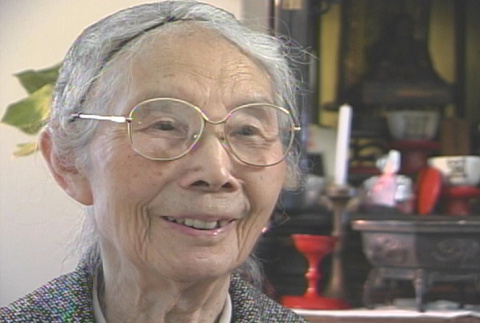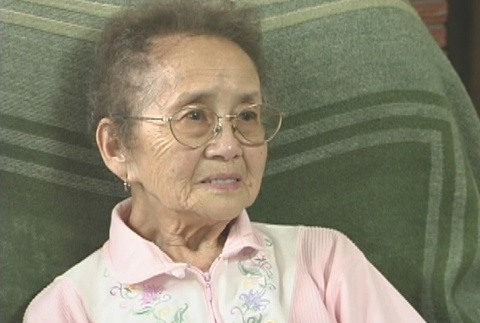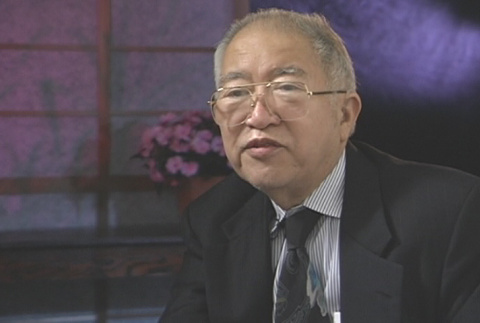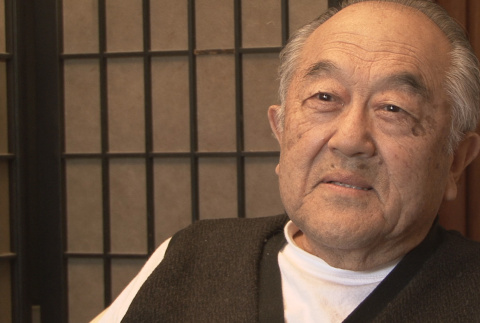"Voluntary evacuation"
For a three-week period during World War II, after Japanese Americans had been excluded from the West Coast but before plans for concentration camps had been finalized, a period of "voluntary evacuation" took place. Government officials hoped that the Japanese Americans barred from keeping their homes on the West Coast would make arrangements to move inland on their own, saving valuable military resources. However, state government officials and residents of neighboring states reacted with outrage that Japanese Americans were being encouraged to move there. Most Japanese Americans feared moving into such hostile territory where they would know no one. Further, few Japanese Americans had the resources to move their families to a new place. In total, 4,889 Japanese Americans left the West Coast "voluntarily" and moved to the interior of the U.S. during that period.
World War II
(231)
Non-incarcerated Japanese Americans
(17)
"Voluntary evacuation"
(56)
Related articles from the
Densho Encyclopedia :
Voluntary evacuation
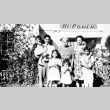
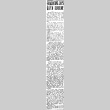
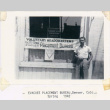

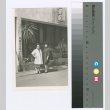
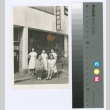
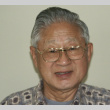

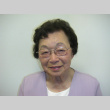
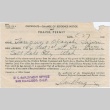
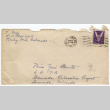
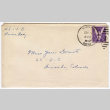
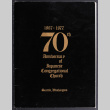
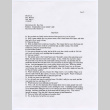
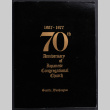
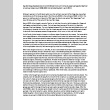
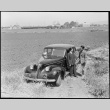

References are made to several of Nobu Suzuki's personal papers, which are currently available for public perusal at the University of Washington's Manuscripts and University Archives.
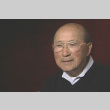
This interview was conducted as part of a project to capture stories of the Japanese American community of Spokane, Washington. Densho worked in collaboration with the Northwest Museum of Arts and Culture.
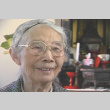
This interview was conducted in Japanese and was translated so as to convey Mrs. Terao's way of speaking as closely as possible. For example, there are instances in which she makes some grammatical errors. These mistakes are conveyed through similar grammatical errors in English …

This interview was conducted in Japanese and was translated so as to convey Mrs. Terao's way of speaking as closely as possible. For example, there are instances in which she makes some grammatical errors. These mistakes are conveyed through similar grammatical errors in English in order to recreate …

This interview was conducted in Japanese and was translated so as to convey Mrs. Terao's way of speaking as closely as possible. For example, there are instances in which she makes some grammatical errors. These mistakes are conveyed through similar grammatical errors in English in order to recreate …
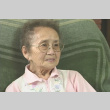
This interview was conducted as part of a project to capture stories of the Japanese American community of Spokane, Washington. Densho worked in collaboration with the Northwest Museum of Arts and Culture.
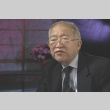
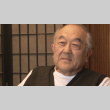
Due to technical difficulties during the taping of this interview, the interviewer's voice is considerably louder than the narrator's. This material is based upon work assisted by a grant from the Department of the Interior, National Park Service. Any opinions, finding, and conclusions or recommendations expressed in this material are those …
